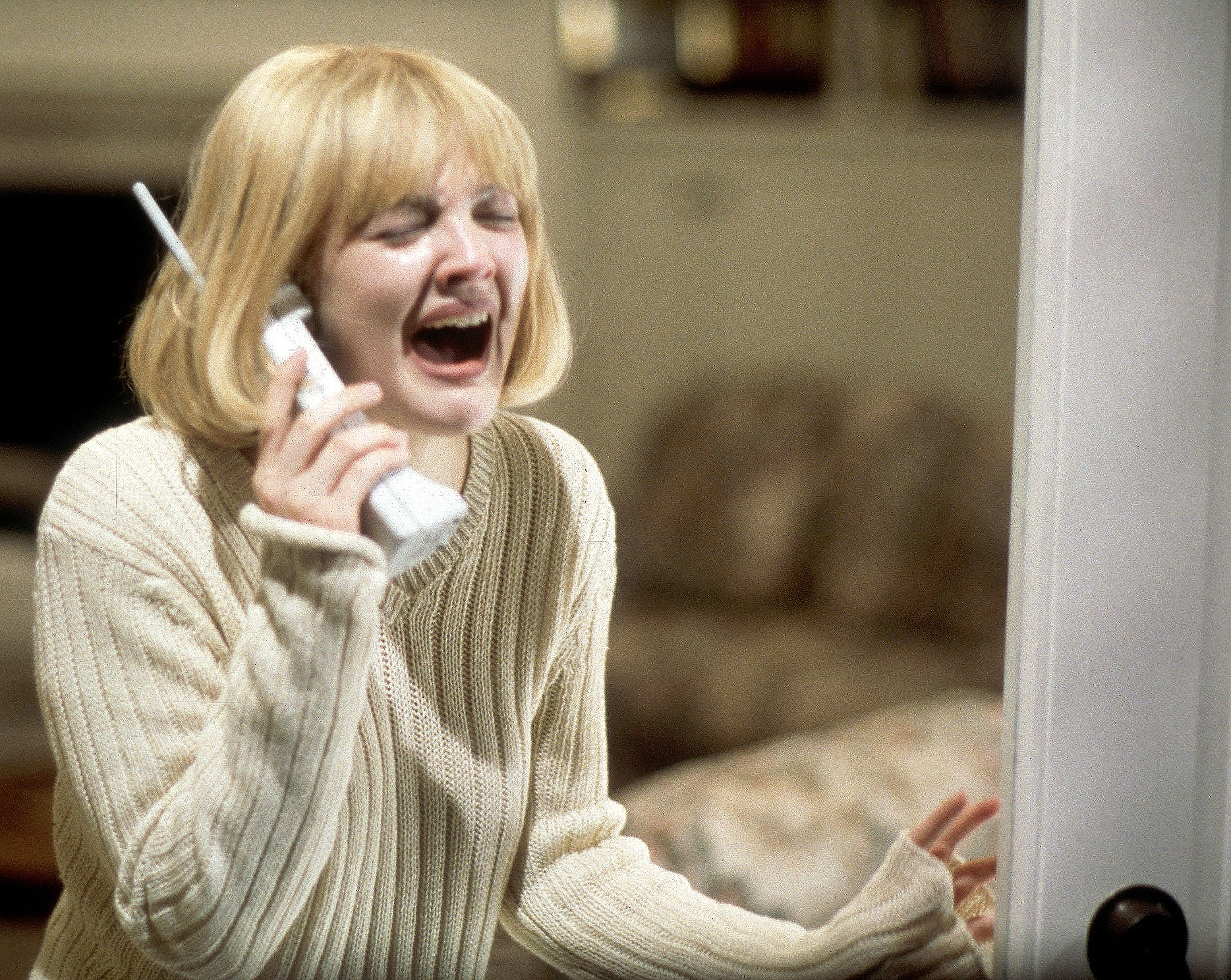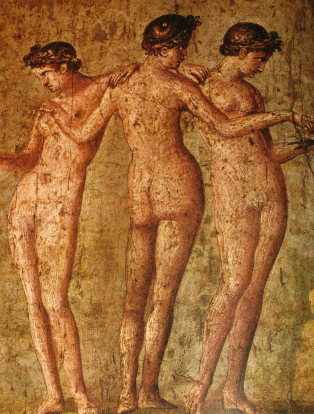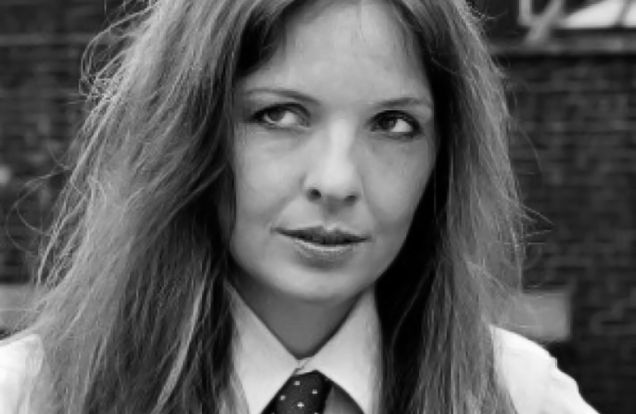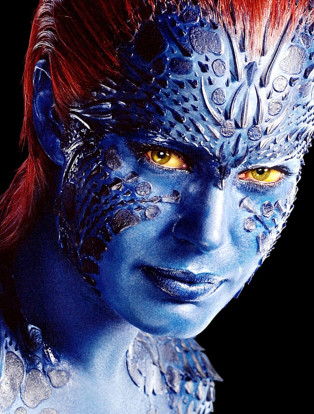Great Opening Scenes
Movies beginning with provocative brilliance

Touch of Evil (1958)
Seventeen years after wowing the world with his debut film, Citizen Kane, Orson Welles, a Hollywood giant in more ways than one at this point, lit up a cigar and delivered a knockout punch of a film noir with arguably the greatest (and certainly most propulsive) opening ever filmed. Starting with a close-up of a ticking time bomb that is placed in the trunk of a car at the Mexico-U.S. border, a long, elaborate and continuous tracking shot ensues that ends with a… bang. The shot builds unbearable tension and sets up the entire story, as the car crosses paths with a Mexican drug enforcement agent (Charlton Heston) and his wife (Janet Leigh) and spans three minutes and two countries.
Jaws (1975)
A fun day-for-night romp in the water quickly turns sour as carefree Chrissie (Susan Backlinie) is stalked from below, chomped, and dragged out of view in Steven Spielberg’s industry-changing blockbuster. The whole suspense around the unseen monster was a bit of an accident, as the production’s malfunctioning mechanical great white shark forced Spielberg to create horror without actually showing very much, just as he would in the film’s iconic confrontations out at sea. Only later would Spielberg call the shark’s breakdowns a “godsend.”
Scream (1996)
The first and the best movie of the meta-horror genre—in which filmmakers self-consciously played on the expectations of viewers jaded by the Halloween, Friday the 13th and Nightmare on Elm Street series—Scream got off to a hot start with a career-building cameo by Drew Barrymore, who, at the time, was a 21-year-old child star most famous for her teen years of drug and alcohol abuse. What begins in the scene as a wrong number slowly turns terrifying when the sweet voice on the phone becomes menacing and manipulative and Barrymore faces doom. Aside from being shot and cut expertly by Wes Craven, all of the scene’s open windows—through which we watch Barrymore as the killer might—belie her utter vulnerability. Shocks also come from the fact that the most famous person in the film dies so damn fast.
8½ (1963)
Frederico Fellini’s autobiographical epic begins with a dream. Stuck in traffic, the creatively blocked Guido (Marcello Mastroianni) is surrounded on all sides by cars filled with people gawking at him. Things get more claustrophobic when the car begins to smoke, forcing the filmmaker out the window and into the sky. His freedom, however, is short-lived, as he gets yanked down like a kite before waking up. Enigmatic as it is, it’s safe to say that the sequence embodies Fellini’s anxieties about the creative process and his own legitimacy as a director and celebrity.
The Conversation (1974)
Just because zoom-ins, so popular in the ’70s, have fallen out of style doesn’t mean this long and ominous opener from Francis Ford Coppola’s classic is old hat. In a film about surveillance, the camera starts out by lurking high above San Francisco’s Union Square, then ever-so-gradually moves in, finding and following our hero (Gene Hackman), a surveillance expert who is orchestrating the taping of a young couple’s conversation. To subtly strengthen the film’s voyeuristic motif, a mime on the Square tails Hackman as the camera hones in on him. In the age of the NSA, the Patriot Act, and Edward Snowden, the scene resonates today more than ever.
Halloween (1978)
John Carpenter’s dazzling, seminal indie-teen horror film begins with in a five-minute handheld point-of-view shot that puts viewers directly into the eyes of a creepy voyeur. This unknown stalker peers in on two young lovers before grabbing a mask and knifing the unsuspecting girl. In case that wasn’t disturbing enough, the slasher is revealed after a cut to be the impassive six-year-old Michael Myers, who has just killed his older sister. The sequence has been riffed on endlessly, but as a contemplation of unknowable evil (who is the bogeyman?) it says more about the beast within us than any of the endless horror tropes to have followed it.
Persona (1966)
The phrase, “to be great is to be misunderstood,” is usually attributed to Ralph Waldo Emerson, but it might have just as easily been inspired by Ingmar Bergman’s surreal prologue to this classic psychosexual thriller. Starting with projected images of a tarantula, cartoons, silent-era movies, an erect penis, a slaughtered sheep, and a crucifixion, the parade of provocative imagery eventually leads to a young boy (Bergman’s inner child?) beholding the final projection: the faces of two women (Bibi Andersson and Liv Ullmann) switching back and forth and finally blurring together. The last image of their faces clearly foreshadows the blending (and flipping) of their personalities at the film’s climax, but the rest is the stuff that only cinema dreams are made of.
Once Upon a Time in the West (1968)
Leave it to Sergio Leone, the spaghetti Western maestro, to make a bunch of grizzly, black-hatted gunmen’s seven-minute wait for a train at a deserted station an incredible viewing experience. The deft cinematography (much of it in close-up), editing, voiceless acting and sound design come together to create a mosaic of moments that yield a greater picture of the mythic conflicts to come: man versus nature, man versus technology, and finally, after the train arrives, man versus man. Considering all the thematic ground it covers and the anticipation it builds, seven minutes seems rather short.
Contact (1997)
At the time it was released, Robert Zemeckis’s three-minute tracking shot from Earth to the far reaches of the universe was the longest continuous VFX shot ever produced. Accompanied by songs and events on the radio that distill modern human history and culture, the shot’s perspective gets wider and wider until, stunningly, it becomes the reflection in the eye of a young Ellie Arroway (Jodie Foster plays her as an adult) trying to make contact with extra-terrestrials. The sci-fi flick’s ambitious opening tells us everything we need to know about the main character.
Manhattan (1979)
Throughout a lyrical montage featuring Gordon Willis’s black-and-white images of New York City and George Gershwin’s “Rhapsody in Blue,” Woody Allen (as the character Isaac Davis) recites possible openings for his upcoming book. These hilarious attempts to wax poetic about the city he loves, coupled with the grand images of the titular borough’s skyline and streetscapes gives us a delightful, impressionistic view of both the world in which this classic comedy takes place and the mind that created it.



